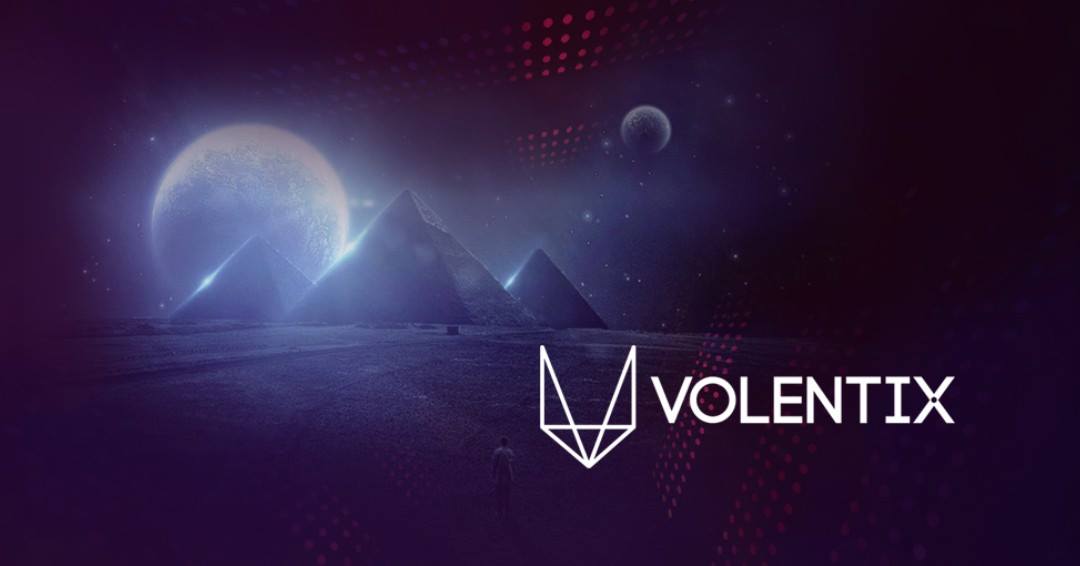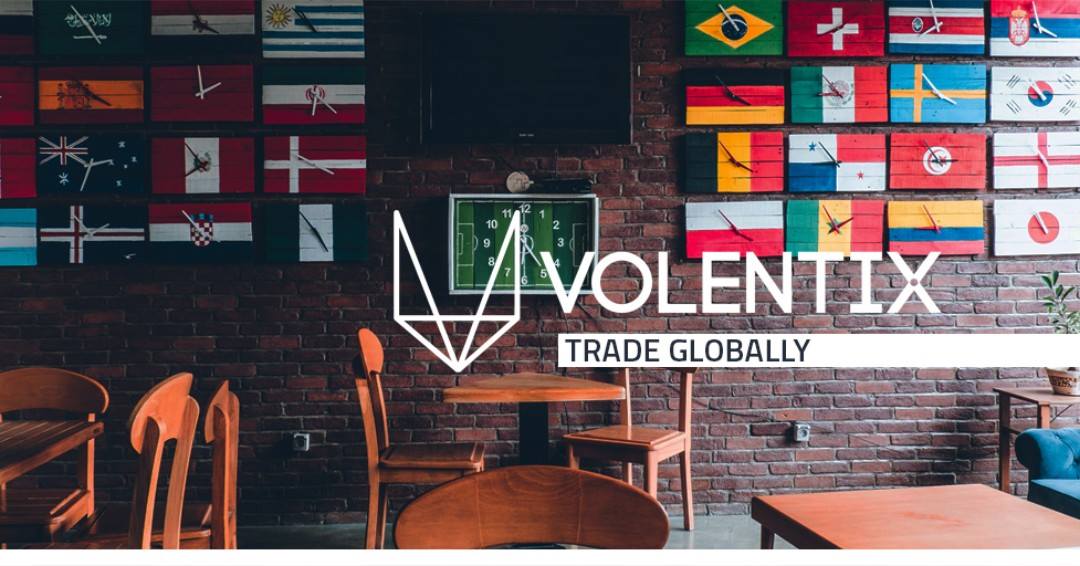Volentix: community-powered decentralized autonomous organization

Ethereum is unique in that it attempts to wield the blockchain as a way to correct what its designers believe is a problematic part of the internet’s design. With this new technology out in the wild, ethereum advocates might feel electrified by the thought of decentralizing “all the things." A couple of main characteristics are that they’re open source and don’t have a central point of failure.
Bitcoin paved the way with its cryptographically stored ledger, scarce-asset model, and peer-to-peer technology. These features provide a starting point for building a new type of software called decentralized applications, or dapps. Dapps will, someday become more widely used than the world’s most popular web apps. They are more flexible, transparent, distributed, resilient, and have a better incentivized structure than current software models.
Three reasons for Decentralization
Fault tolerance— decentralized systems are less likely to fail accidentally because they rely on many separate components that are not likely.
Attack resistance— decentralized systems are more expensive to attack and destroy or manipulate because they lack sensitive central points that can be attacked at much lower cost than the economic size of the surrounding system.
Collusion resistance — it is much harder for participants in decentralized systems to collude to act in ways that benefit them at the expense of other participants, whereas the leaderships of corporations and governments collude in ways that benefit themselves but harm less well-coordinated citizens, customers, employees and the general public all the time.
Each application that is considered “decentralized” must be open-source, which refers to any program whose source code is made available for use or modification as users or other developers see fit. On top of that, each DApp has to be decentralized — surprisingly enough! As long as the data is stored on a decentralized blockchain network, it will suffice. Finally, each DApp must fuel its own activity through an incentivized system which generates tokens or other forms of digital assets, while also adhering to its own algorithm or consensus protocol.
Volentix enters the arena in 2018
Volentix introduces a digital assets ecosystem (DAE) incorporating a decentralized digital assets exchange connected with a secure multi-currency cross-blockchain peer-to-peer wallet, a user-friendly market-ratings analytical interface, and an incentives-based recruitment program

Volentix is envisioned to be a community-powered decentralized autonomous organization (DAO). Through the members of its community, Volentix is self-governing and self-organizing. Profits are redistributed to the community through VTX, the native currency necessary to use any of the Volentix decentralized applications.
Although organization and governance will be distributed amongst Volentix community members, initial development is sponsored by companies within the Volentix development network. Currently those companies are Volentix Labs in Canada, Pythagoras Systems in Greece, and Semantic Labs in Bulgaria. More partners will be invited to join the Volentix development network to ensure maximum development of infrastructure for the Volentix community as a whole.
Volentix introduces VDex, designed as a distributed, decentralized digital assets exchange with emphasis on user experience and community development and governance. By accessing established technologies and planning selective new protocols with priority on security, speed, authentication, ease of use, scalability, and multi-asset support, VDex intends to facilitate peer-to-peer transactions by assembling a portfolio of decentralized applications built on EOS.IO smart contracts.
The VDex launch point anticipates matching Volentix’s design requirements to available technologies superimposed on the EOS.IO decentralized operating system. We intend to test our assumptions by prototyping via custom EZEOS software, which we built and customized with EOS.IO’s close command line tools. This software resides at: https://github.com/Volentix/ezeos
The Volentix ecosystem will exist atop four pillars, an initializing array of applications specifically known as Venue, Verto, Vespucci, and VDex.

The core values of Volentix — the guiding principles that inform all decisions — are the following:
- Decentralization of Governance
- Decentralization of Profit
- Open Source
- Personal Privacy and Security
- Community Transparency
The goals for distributing VTX are:
- Adding population to the Volentix ecosystem
- Increasing the value of VTX
Platform features
- Compile a cryptocurrency index using scale of 5 stars
- Show and explain parameters used in scoring
- Display up-to-date SA charts
- Provide a cryptocurrency distribution scheme
- Monitor transaction history
- Reveal technical and economic characteristics of coins
- Draw charts of activity on GitHub
- Evaluate Blockchain and software support
- Record activity on social networks using points on world map
User Options
- Explore in detail features of selected cryptocurrencies, next to name and symbol
- Configure rating system, by activating subset of parameters or adjusting their priority
- Study separately the basic parameters, identify those shaping fluctuation of each coin
- Filter cryptocurrencies according to hash-rate and chronological period of activity
- Ability to add other utility charts through a list of parameters
VTX Allocation

A digital assets ecosystem requires an array of certain fundamental human constituents who shepherd the project forward. It is essential to compensate those individuals for their participation. Subject to adjustment, Volentix currently anticipates the following allocations:
- Contributors. 12%. An array of individuals, akin to founders, who contribute insights, time and talent, though often work without early compensation.
- Supporters.
Phase 1. 5%. Early passive seed funders.
Phase 2. 28%. Funders via qualified private pre-sales and possible public sale. - Facilitators. (Advisors, Developers, Promoters, Custodians). Note that requirements for assistance from the sub-categories in this category may differ significantly before and after the project receives substantial funding support, but certain individuals may serve during both phases.
Phase 1. 10%.
Phase 2. 10%. - Decentralized treasury. 35%. Community members incentivized and rewarded for participation in progressive development of a decentralized autonomous organization (DAO). A decentralized treasury is anticipated to be administered by smart contracts and community consensus.

Roadmap

TOKENOMICS

Website
WhitePaper
Telegram
Facebook
Twitter
ETH: 0xfF51E940D457387A7aCf5AeCFB04E1E33f69E869